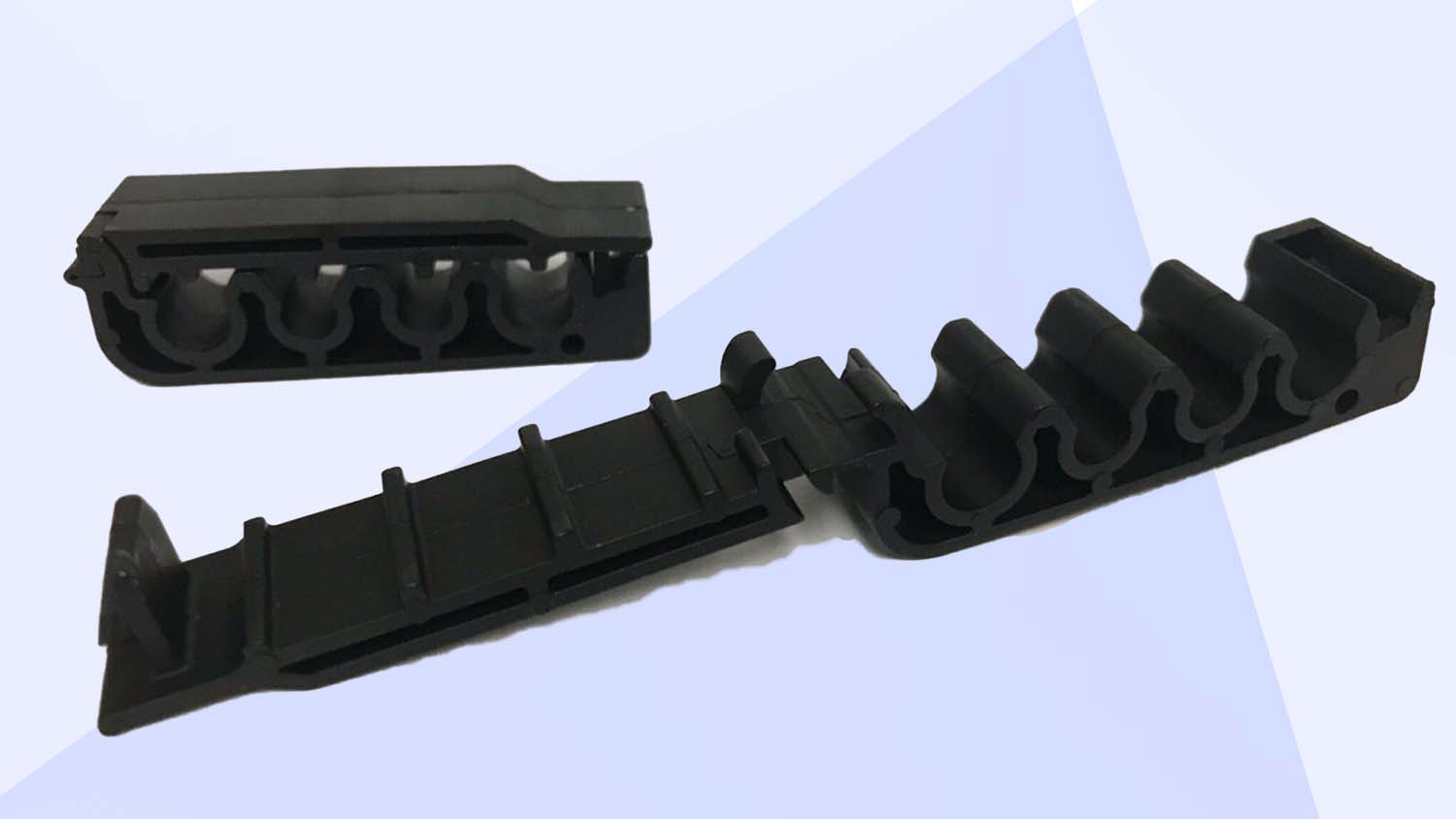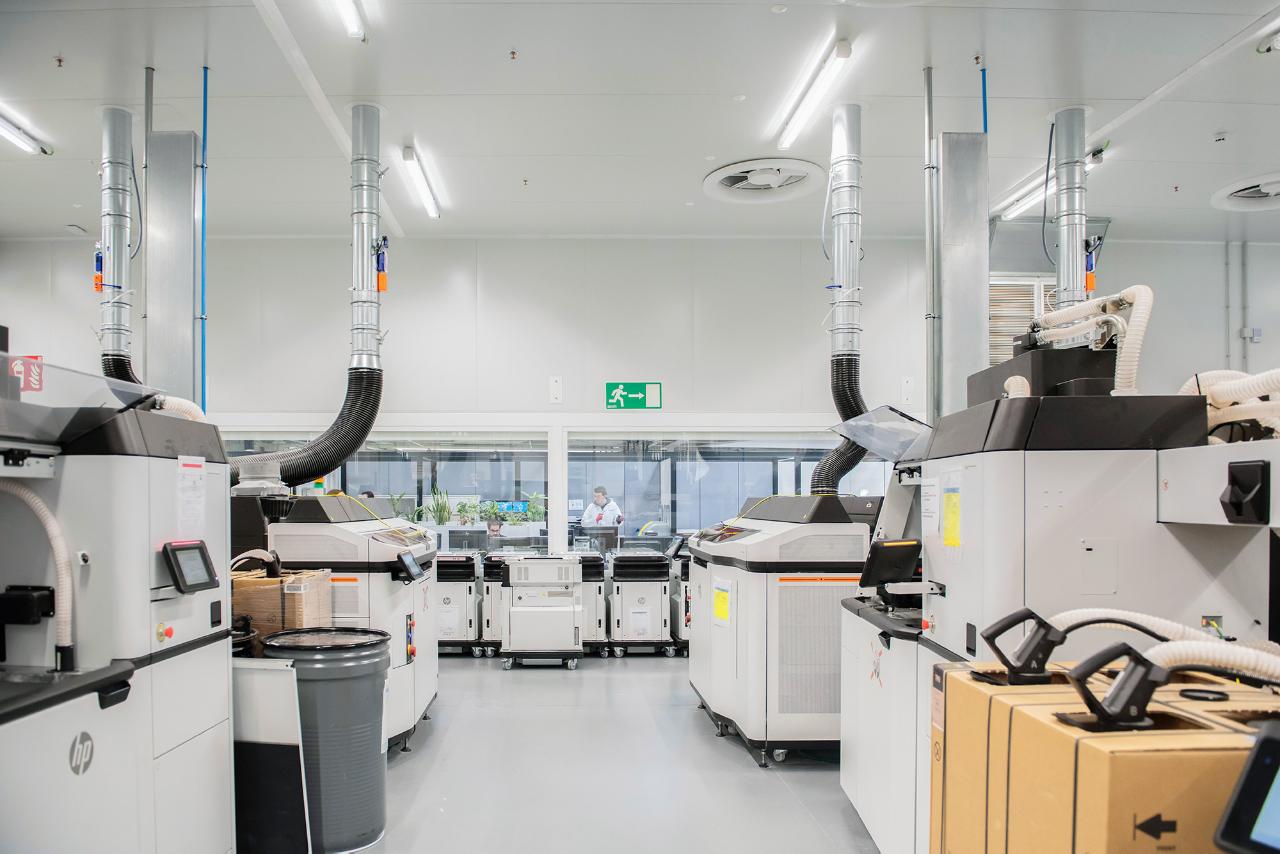Ford is reusing its spent HP MJF powder and parts, having teamed with HP to find a solution that closes the waste recycling loop – turning what would’ve been waste into injection moulded vehicle parts, in what it claims as an industry first.
Sustainability is said to be a priority for both companies, which through joint exploration led to this unlikely solution which they describe as ‘earth-friendly’.
What’s interesting is that the injection moulded parts have no compromise in the durability and quality standards Ford requires.
The powders and parts are being turned into pellets for reuse in Ford’s injection moulding process and it turns out that the parts have better chemical and moisture resistance than conventional versions, are 7 per cent lighter and cost 10 per cent less.

The first real world use is in – and this is where things get weird – Ford’s mammoth Super Duty F-250 trucks, with the team behind the project identifying a further 10 further fuel-line clips on existing vehicles that could benefit.
“Finding new ways to work with sustainable materials, reducing waste and leading the development of the circular economy are passions at Ford,” said Debbie Mielewski, Ford technical fellow, Sustainability.
“Many companies are finding great uses for 3D printing technologies, but, together with HP, we’re the first to find a high-value application for waste powder that likely would have gone to landfill, transforming it into functional and durable auto parts.”
Ford is developing new applications and utilising a multitude of different processes and materials for 3D printing, including filaments, sand, powders and liquid vat polymerisation.

The company already employs 3D printing for a variety of low-volume commercial vehicle parts, as well as fixtures used by assembly line workers use, saving production time and enhancing quality.
Company wide, Ford has a goal to achieve 100 percent sustainable materials in its vehicles.
“A key to achieving our sustainability goals and solving the broader problems of society is working with other like-minded companies – we can’t do it alone,” Mielewski said.
“With HP, we defined the waste problem, solved technical challenges and found a solution in less than one year, which is something in which we all take pride.”






